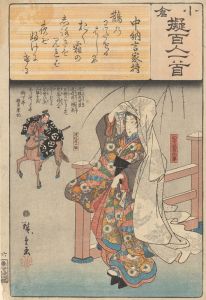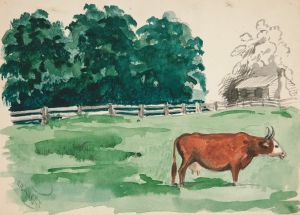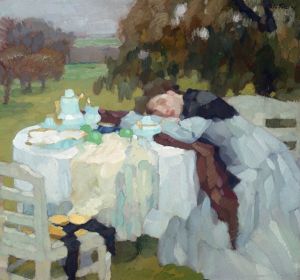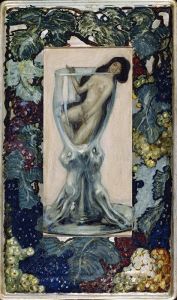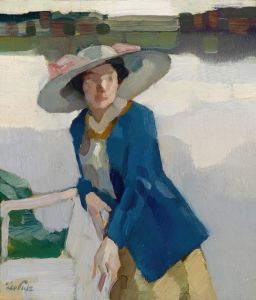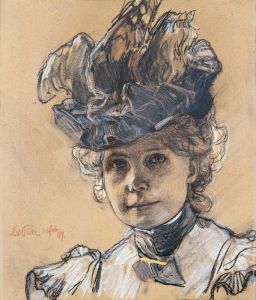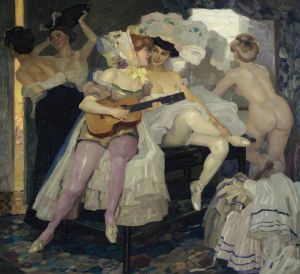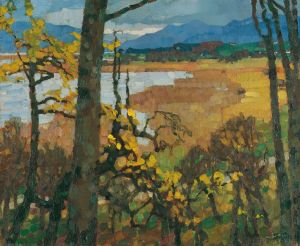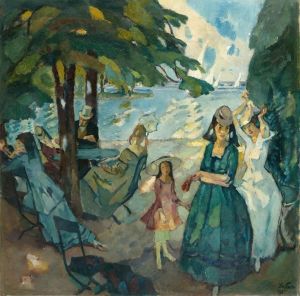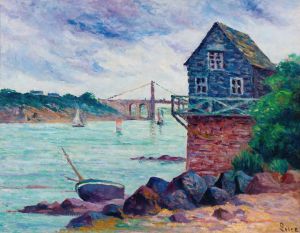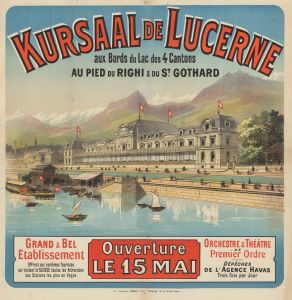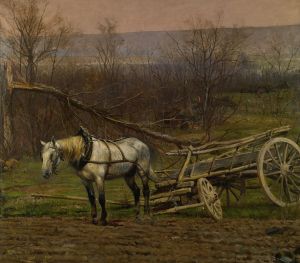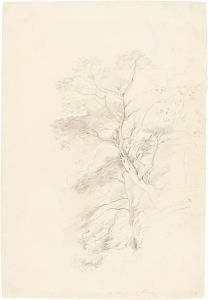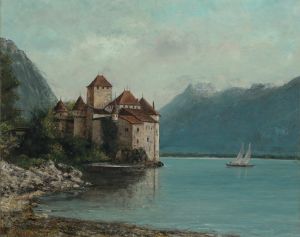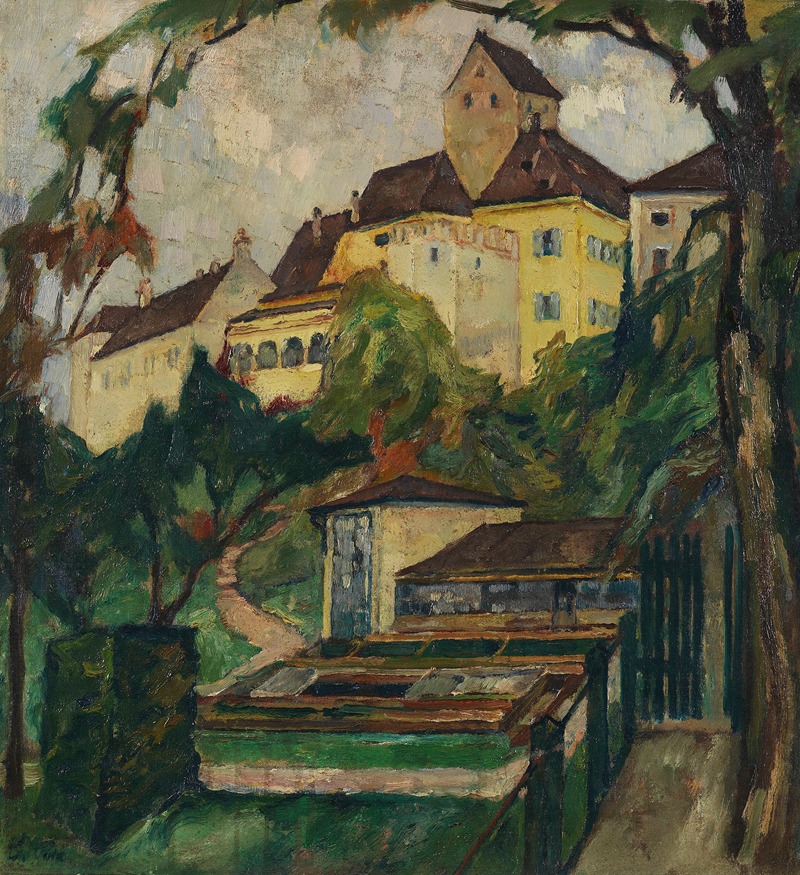
Schloss Seefeld IV
A hand-painted replica of Leo Putz’s masterpiece Schloss Seefeld IV, meticulously crafted by professional artists to capture the true essence of the original. Each piece is created with museum-quality canvas and rare mineral pigments, carefully painted by experienced artists with delicate brushstrokes and rich, layered colors to perfectly recreate the texture of the original artwork. Unlike machine-printed reproductions, this hand-painted version brings the painting to life, infused with the artist’s emotions and skill in every stroke. Whether for personal collection or home decoration, it instantly elevates the artistic atmosphere of any space.
Leo Putz was an influential German painter associated with the Jugendstil movement, which is the German counterpart of Art Nouveau. Born on June 18, 1869, in Merano, which was then part of the Austro-Hungarian Empire, Putz became known for his vibrant use of color and his ability to capture light and atmosphere in his works. He studied at the Academy of Fine Arts Munich and later at the Académie Julian in Paris, which helped him develop a unique style that combined elements of Impressionism and Art Nouveau.
"Schloss Seefeld IV" is one of Putz's notable works, although specific details about this particular painting are limited. Schloss Seefeld, a castle located in Bavaria, Germany, served as a source of inspiration for Putz. The castle and its surroundings provided a picturesque setting that Putz captured in several of his paintings. His works often depicted serene landscapes, gardens, and figures in natural settings, reflecting his interest in the interplay between humans and nature.
Putz was a member of the Munich Secession, an art movement that broke away from the traditional academic art institutions in Germany. The Secessionists sought to promote modern art and were instrumental in introducing new artistic styles and ideas. Putz's involvement with this group influenced his artistic development and allowed him to experiment with different techniques and subjects.
Throughout his career, Putz's work evolved, reflecting changes in his personal life and the broader art world. He initially focused on portraiture and genre scenes but later shifted towards more impressionistic landscapes and nudes. His paintings are characterized by their dynamic compositions, vibrant colors, and a keen sense of light and shadow.
In addition to his painting, Putz was also a respected teacher. He taught at the Munich Academy and later at the Weimar Saxon-Grand Ducal Art School, where he influenced a new generation of artists. His teaching emphasized the importance of observing nature and capturing its essence, a principle evident in his own work.
Putz's career was interrupted by the political upheavals of the early 20th century. During World War I, he served in the German army, which affected his artistic output. After the war, he continued to paint, but the changing political climate in Germany during the rise of the Nazi regime posed challenges for many artists, including Putz.
Despite these challenges, Putz's work remained influential, and he continued to exhibit his paintings in Germany and internationally. His contributions to the art world were recognized with numerous awards and honors throughout his lifetime.
Leo Putz passed away on July 21, 1940, in Merano, leaving behind a legacy of vibrant and evocative artworks. His paintings, including "Schloss Seefeld IV," continue to be appreciated for their beauty and technical skill, as well as their reflection of the artistic movements of his time. Today, his works are held in various public and private collections, where they continue to inspire and captivate audiences.





